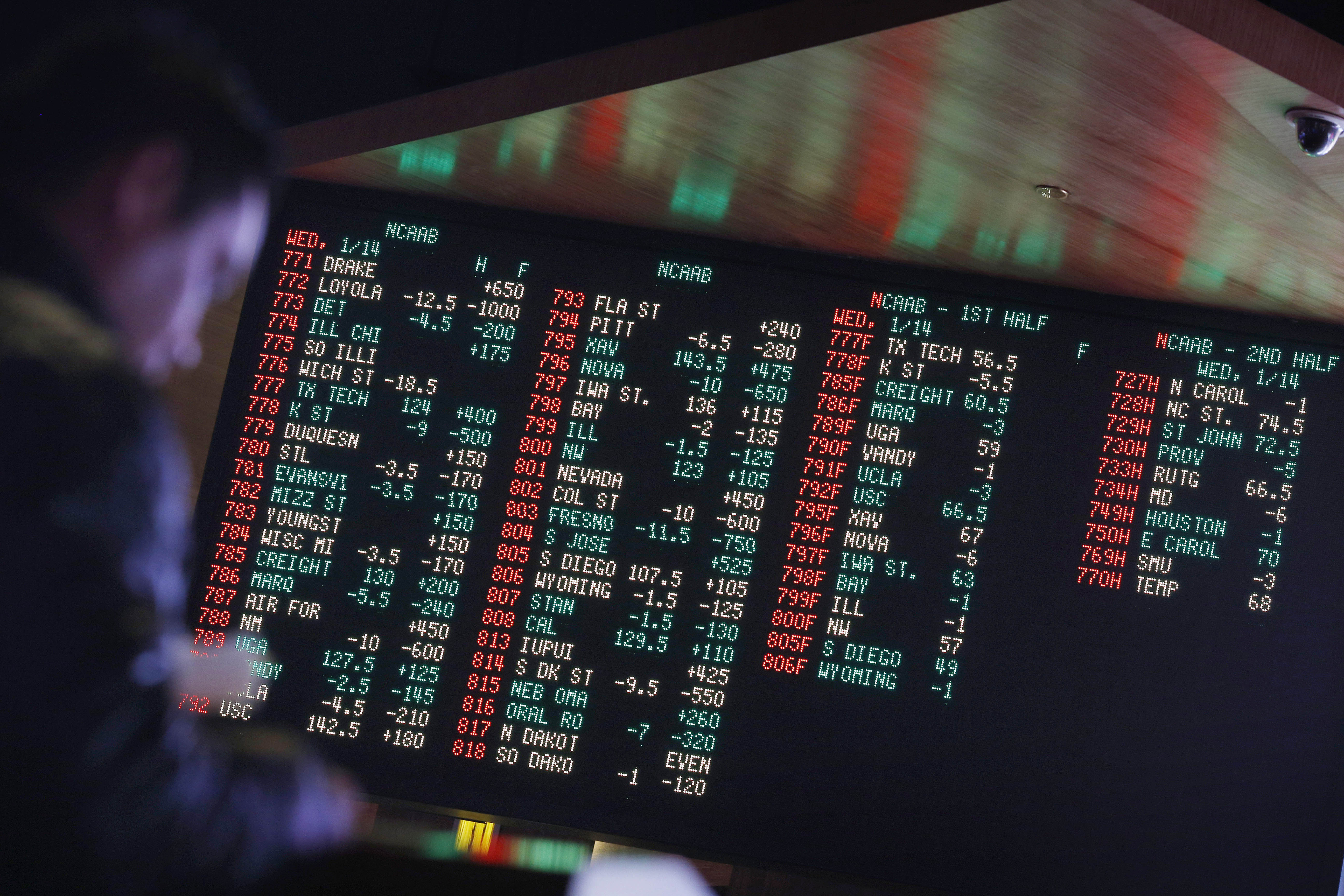Now that everyone is over the shock of Luka Doncic’s trade to the Los Angeles Lakers, it’s time to examine the fit.
Speaking of “fit,” will Doncic start taking the offseason seriously? It’s well-known that outside of the summer, Slovenia plays, Doncic isn’t in the best shape when it’s time to report.
Yes, in the current Collective Bargaining Agreement (CBA), giving out supermax contracts will be more scrutinized—ask Brandon Ingram. Though Ingram isn’t in the same category as Doncic, the thinking is the same.
Organizations are thinking about more than just signing one player; they are thinking about signing that player, their NBA Governor’s financial goals and restrictions, and whether a team can be built around that player under the CBA.
It’s long overdue. Too many organizations, including the one up 66 East from me, handed out supermax contracts like they were a free soda refill at a restaurant.
Doncic and Rob Pelinka, the Lakers general manager and vice president of basketball operations, have a couple of years to determine the pathway to getting Doncic the supermax in a way that still allows the Lakers to build a championship-worthy team around him.
That’s how the supermax should be used, not just as the best player on a team, which is what it has morphed into.
The Dallas Mavericks worked with Doncic every day. Whether fans like it or not, the Mavericks front office had concerns whether on the court, roster construction under the current CBA, or a combination of both.
It isn’t like Dallas traded Doncic for a rack of basketballs. They acquired Anthony Davis and an unprotected first-round pick. And let’s not forget, and this isn’t a little thing, Dallas called Los Angeles, not vice versa.
So, as NBA front offices learn how to maneuver through the current CBA, there will be moves that wouldn’t have happened in the past. Some will work. Some won’t.
But getting the supermax under control is one of the few good things that can come out of a CBA that is hurting the league.




